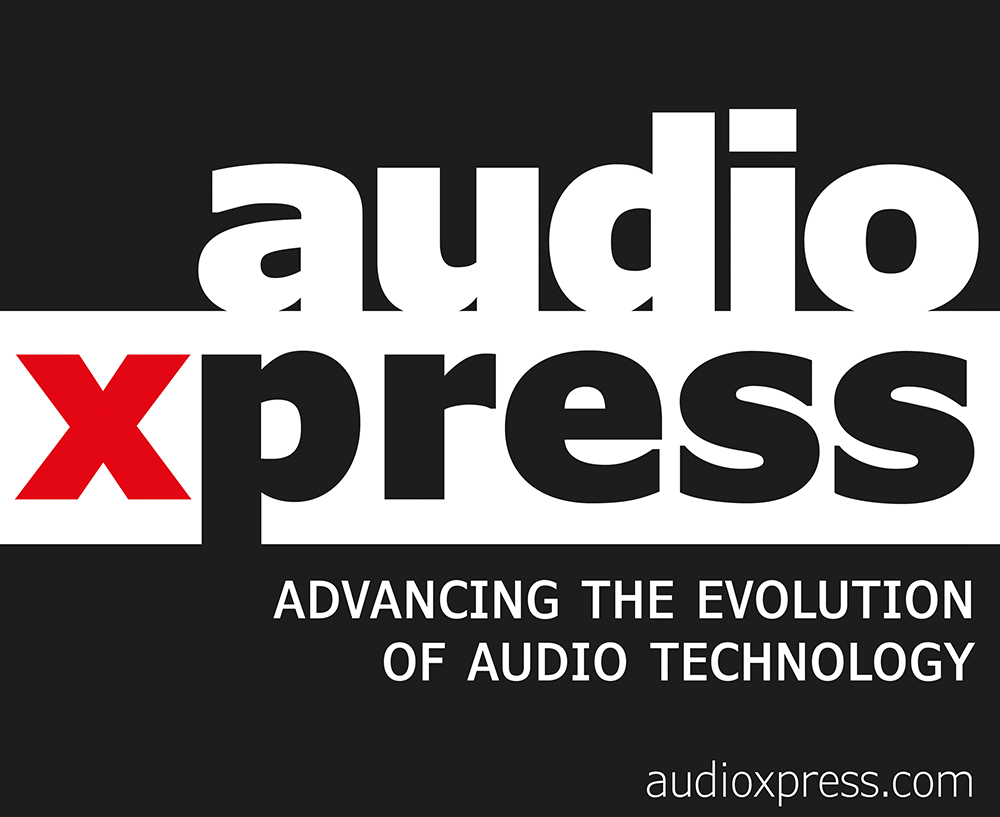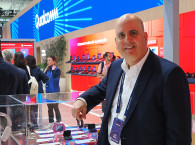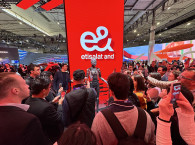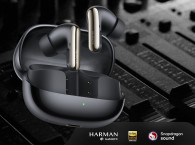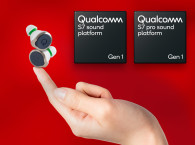For reference, this MWC2025 registered 109,000 attendees from 205 countries and territories, and 2,900 exhibitors, which is a significant growth compared to MWC 2024, where the show received 101,000 attendees and 2,700 exhibitors. The MWC2025 numbers confirmed the strategic importance of this sector, now back to the pre-pandemic 2019 attendance, when there were just 2,400 exhibitors. To provide a sense of comparison with a vibrant and growing show such as Integrated Systems Europe (ISE), the recent 2025 edition received 85,000 attendees and 1,605 exhibitors. Of course, ISE is much more interesting!
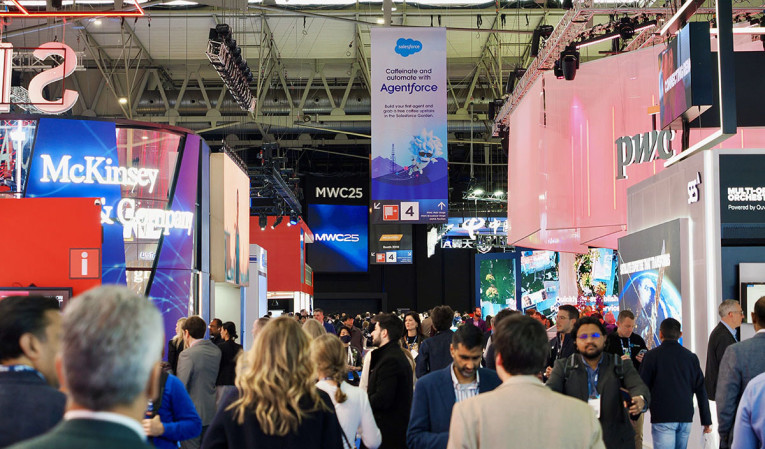
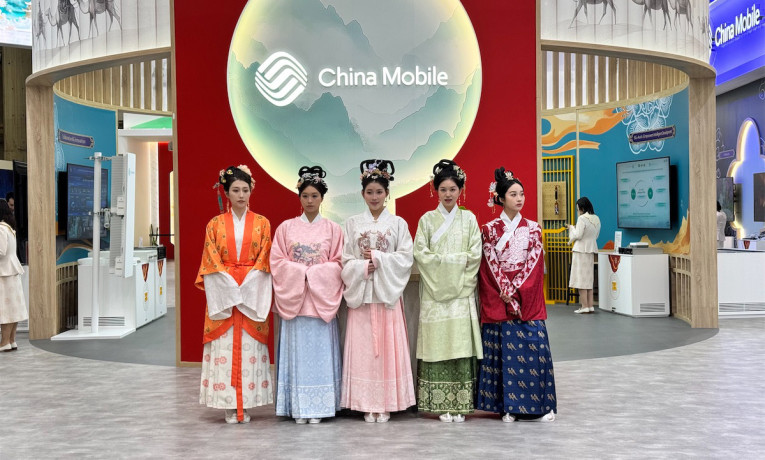
Over the years, the return-on-investment varied tremendously. From the euphoria days of early Bluetooth wireless and Nearfield Magnetic Induction (NFMI) to the even bigger buzz surrounding voice interfaces, smart speakers, and voice personal assistants when we had more than 100 companies identified as being in "audio” to 2025, when there is not even an "audio" category. After the global pandemic, MWC gradually migrated to a show that continues to offer a decent combination of product launches from the largest tech companies in the mobile space— including all the major Chinese smartphone companies that these days are technology leaders in areas as diverse as true wireless earbuds or connected electric vehicles. All in all, MWC was always a rewarding show, at least until this year.
For some reason, most of the tech companies that I was used to seeing here seem to have diverted completely to other shows, from CES to Embedded World in Nuremberg, Germany, which so happens to take place less than a week after MWC in Barcelona. Why did many of these companies— who continue to provide MEMS microphones, microspeakers, and transducers, sensors, DACs, amplifiers, and all the wireless connectivity solutions that are common to smartphones, headphones, and earbuds— suddenly become less interested in attending this show? I guess the fact that consumer brands in general are less invested in MWC has something to do with it. It also is the result of technology trends and the fact that the mobile industry is focusing on other things this year— AI, AI, AI, AI, and more AI (and maybe robots for some reason).
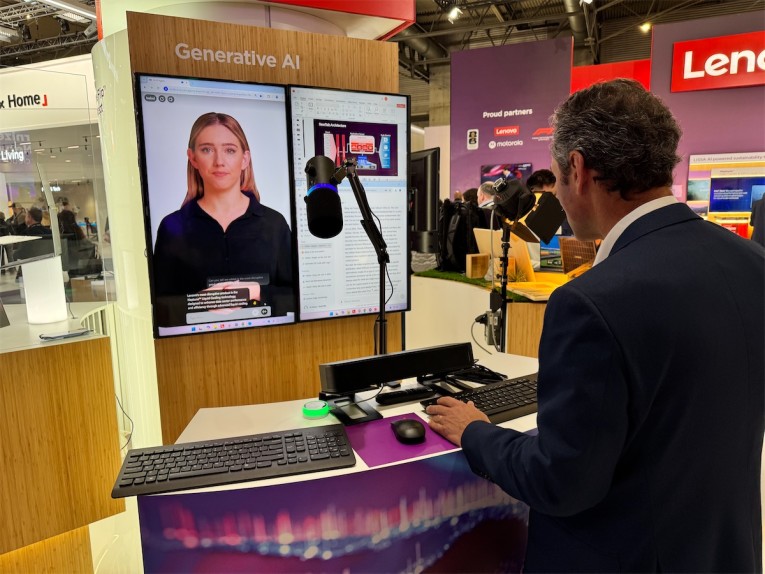
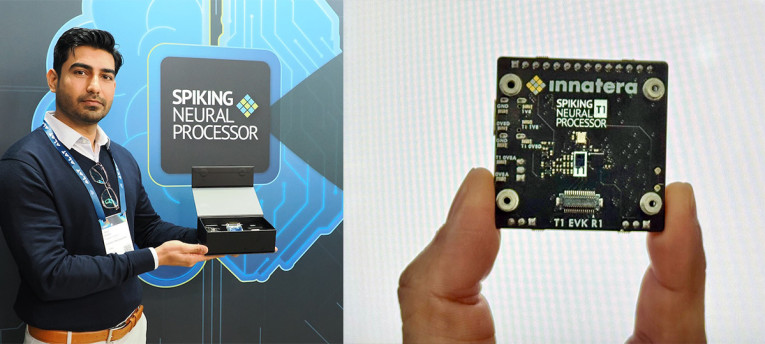
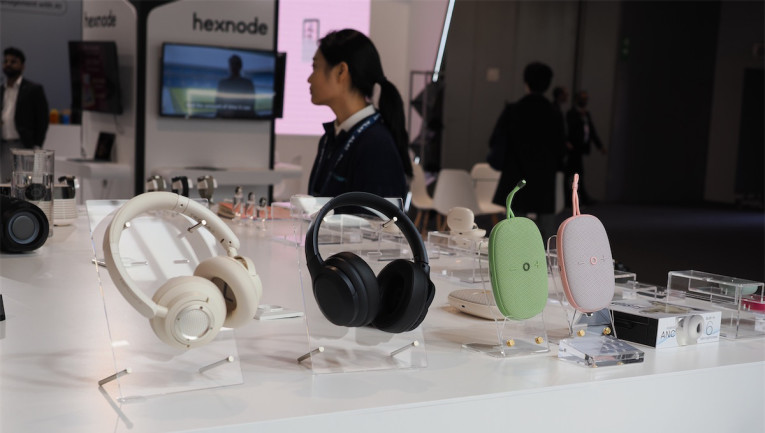
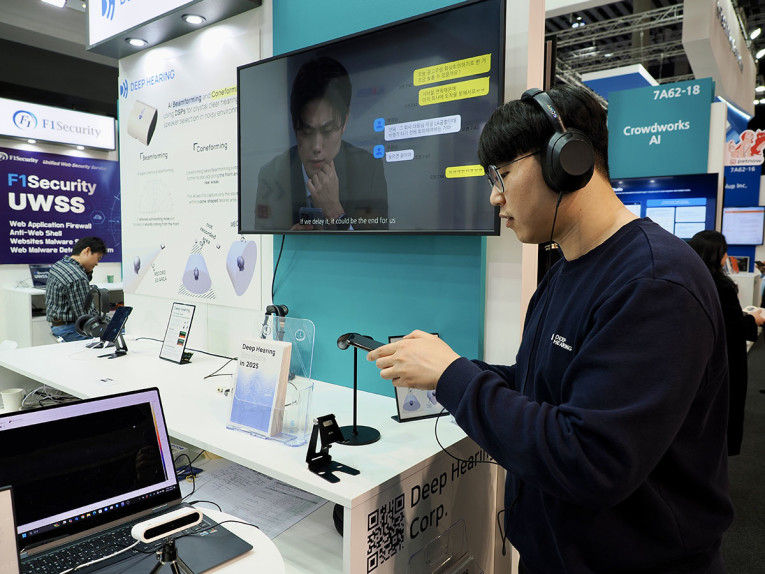
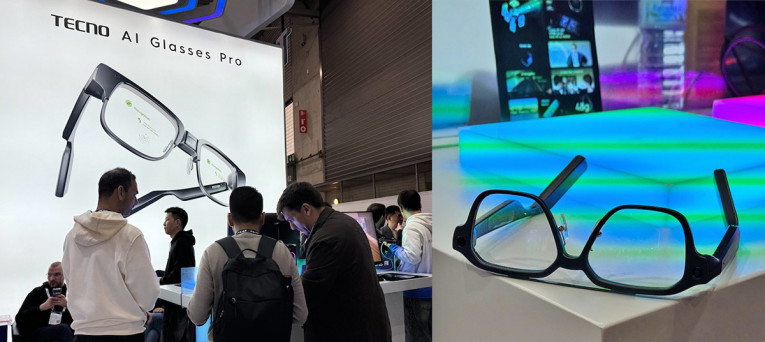
Audio Waiting for Updates
That said, for MWC 2025, I had a reasonable number of meetings, and I saw companies— such as Qualcomm— which are only available at this show. I also saw a significant number of new products from the major Chinese brands— which give me something to report about. I had the two most relevant TWS earbuds product launches online, and I have an interview with Qualcomm that expands on that, coming soon. Otherwise, many technology companies that are in the exhibitors list, unfortunately, just had meeting rooms and nothing of note to show (or at least nothing that wasn’t under NDA).
And one of the things that I was most anxiously looking for at MWC 2025 was to see the announcements regarding Bluetooth LE Audio and Auracast support. And I was deeply disappointed to say the least (as were some companies I spoke to that had similar expectations). Even with Android 15 (2024) already supporting Bluetooth LE Audio and Auracast - the dedicated “Audio Sharing” page in the developer preview enables users to broadcast audio to multiple nearby devices, and even generates QR codes for others to join an Auracast stream - the reality is that no such demonstrations took place at MWC 2025 (and the absence of the Bluetooth SIG Auracast Experience didn't help). The reason, as paradoxically as it might seem, is that there is much more happening in the background, regarding essential technology updates in this area. (And the upcoming Bluetooth update expected soon, didn't help).
While basic support for Bluetooth LE Audio and Auracast was introduced in Android 13, Android 15 significantly improved these features with better integration and usability. Android 15 also enhanced hearing aid support with LE Audio. The upcoming Android 16 is supposed to build upon these features by adding advanced controls for hearing aids, being the first "fully stable" and functional release from Google. Until that release, the Bluetooth SIG is working on important updates and strategically decided to be at Embedded World 2025 next week and not at MWC 2025. And more importantly, they are directly promoting the Bluetooth Asia 2025 conference, taking place 22-23 May in Shenzhen, China.
Yes, that's where it's happening.
Although everything is under NDA, it is clear that the industry is pushing towards upcoming features and improvements, including Bluetooth High Data Throughput (HDT), supporting streaming multichannel audio and Spatial Audio applications; support for the 6GHz frequency band; and enhancements to LE Audio including many essential Auracast developments, such as deploying multiple Auracast transmitters, supporting multiple synchronous audio streams for multi-language broadcasts and other applications, and using channel sounding and distance-based discovery mechanisms for earbuds to easily join an Auracast broadcast. There is also an upcoming expansion of the existing Bluetooth Unicast specification that establishes a point-to-point connection, using the Connected Isochronous Stream (CIS) implementation for synchronized audio transmission.
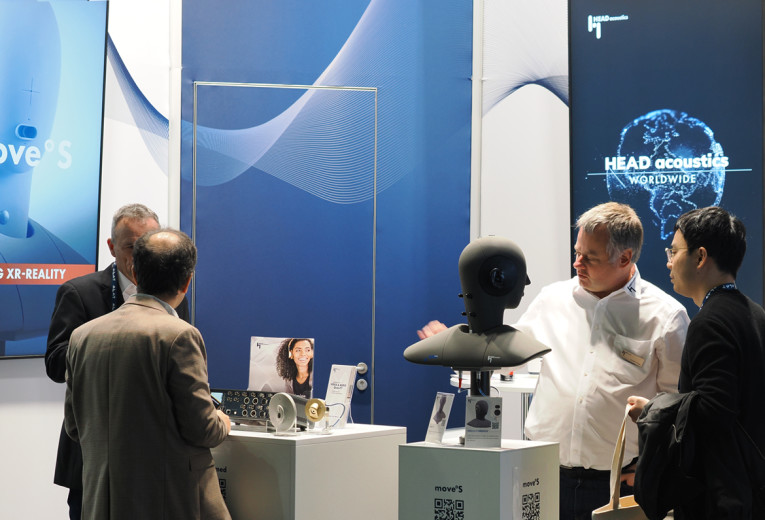

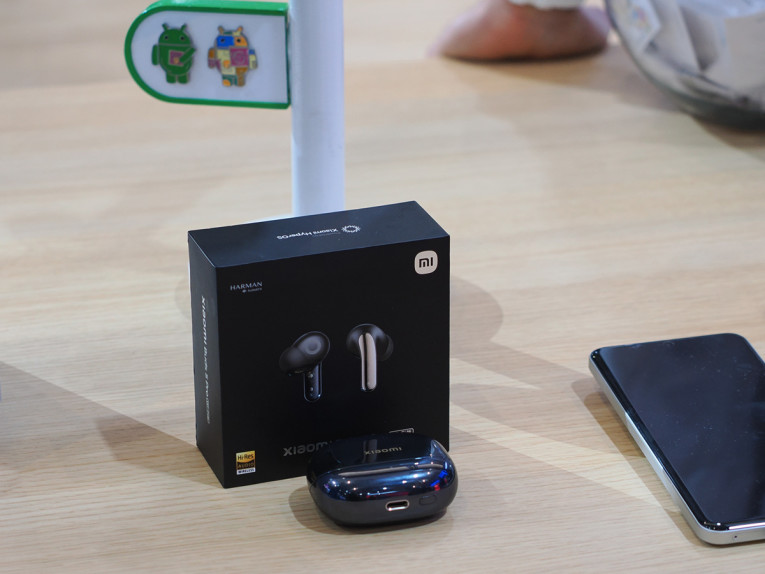
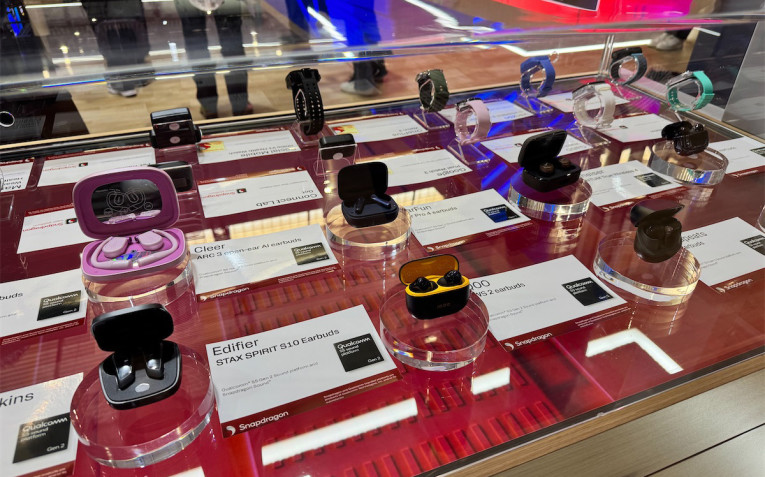
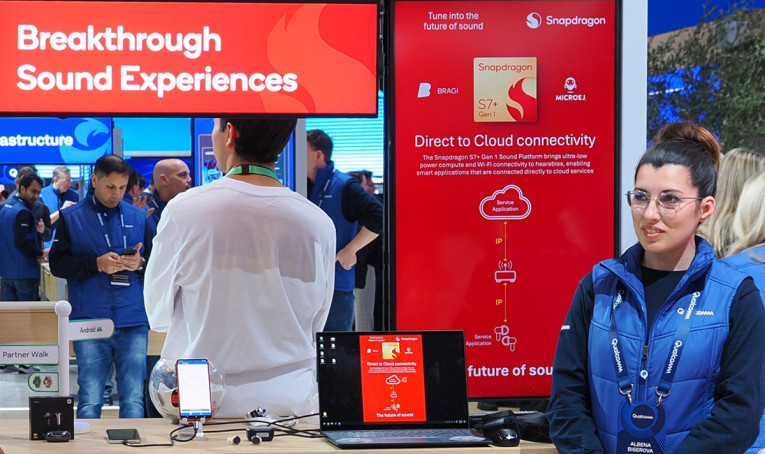
MWC is a show that can be defined as 25% about Mobile Network Operators promoting themselves and sharing the vision for their future, and 50% about companies selling products, solutions, and services to those MNOs and other telecom operators. These telecom companies are mostly hybrid these days and are now integrating with the satellite industry as their next strategy field of operation for network coverage. The remaining 25% at MWC are mostly the outliers: companies selling products because there is a show going, companies from Catalonia and Spain, because there is a show going, and all the aspiring startups at 4YFN (which means Four Years From Now, and I always need to check because I forget).
As it’s customary, every edition of MWC has a dominating trend or buzzword. And this year it was AI, AI-infused robots, and AI Agents or "Agentics" - a strange new word. It means that the telecom industry is trying to understand how to use AI (the new kind), which seemingly is being embraced by their customers and first appeared in mobile and desktop apps via prompters. Evolving from there and having now integrated "AI" into their solutions, mobile operators are trying to justify what they will do with it. It's an exercise they are very familiar with, and we've seen many times, with the displays of intelligent cities, network intelligence, autonomous cars, people wearing VR glasses... and scary humanoid-like robots. It was the same with 4G, Industry 5.0, then 5G, the metaverse, and now AI. Similar script, same vague, generic ideas.
This year, mobile operators were fascinated with AI avatars, and telecom companies are embracing AI engines for every aspect of their infrastructure management (predictive everything), or even eventually for technical support (no more call centers in India, just bots managed by data centers in India). Strangely, they still haven't decided how this intertwines with their recent obsessions with the cloud and metaverse and APIs, which were going to "save the industry." Now it's virtual avatars, robots, and "agentics", which is the new buzzword that telco executives invented to talk about AI and seem clever when they do it.
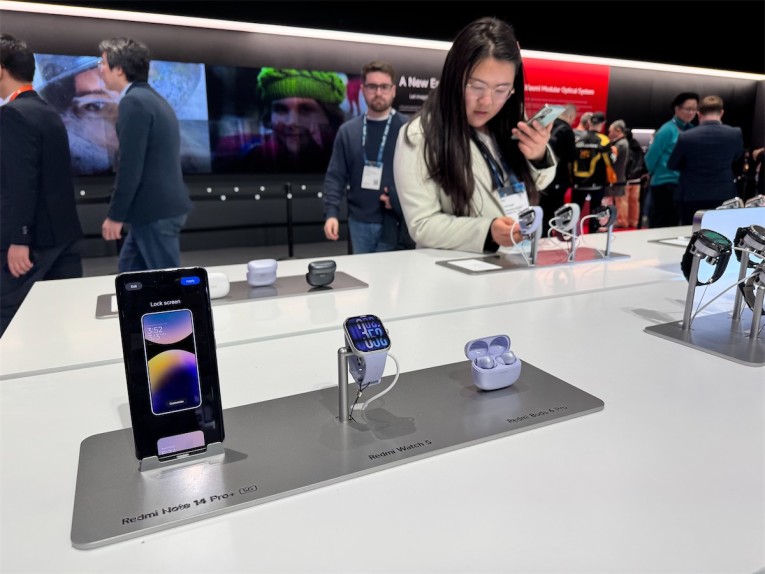
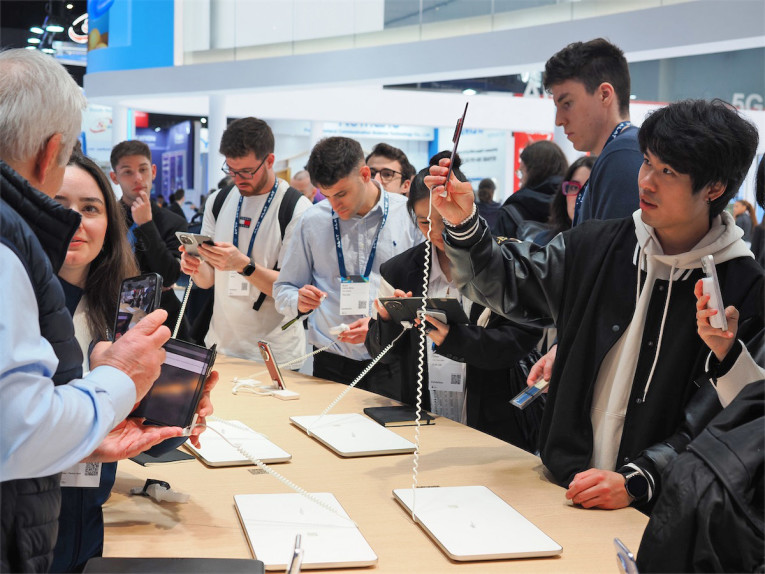
Another trend is that MNOs want to offload the cost of in-building coverage to venue and facility owners, which in turn is encouraging investments in private networks and specific indoor technologies, which MNOs typically feared. With their priorities changing, they are now happy to encourage those private mobile networks away from Wi-Fi with the arguments that a more secure and robust solution is required for mission-critical applications. And now there's all this talk about AI-RAN, as a key technology for 5G Advanced (5G-A) and 6G networks, expanding from existing Radio Access Network architectures. Apparently, AI-RAN holds the key to autonomous driving, industrial automation, telemedicine, and smart homes. Sounds familiar?
I don't want to dig more into that rabbit hole. Because the consumer products are the thing that justified attending MWC 2025 - as well as for hundreds of trade press colleagues. And in that regard, MWC is unique since it is here that the large Chinese tech companies showcase some of their most important product launches of the year - at least for global markets (a term used to define everything outside of China). These companies understand the strategic importance of Mobile World and have leveraged the opportunities to engage with MNOs - many of which are their largest sales channels to consumers, helping to ease the marketing struggles that these companies still face with direct-to-consumer and traditional tech retail chains.
On that note, the PR boost effect that an event such as MWC awards to these companies is strong enough that some clever companies are learning to synchronize their announcements with the event, without necessarily exhibiting at the Fira de Barcelona, or having more than meeting rooms there. All they need to do is attend one of the traditional pre-show press events, and "launch" their products there. On the actual show floor, Nothing can be found.
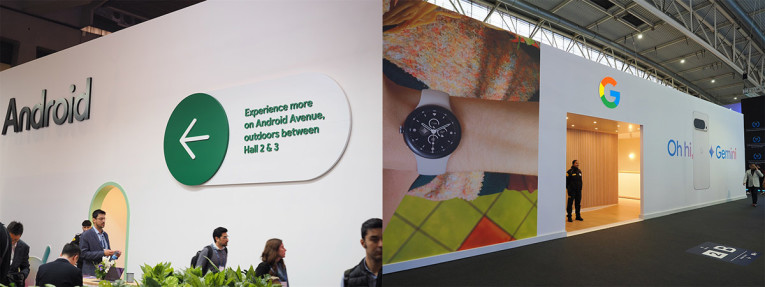
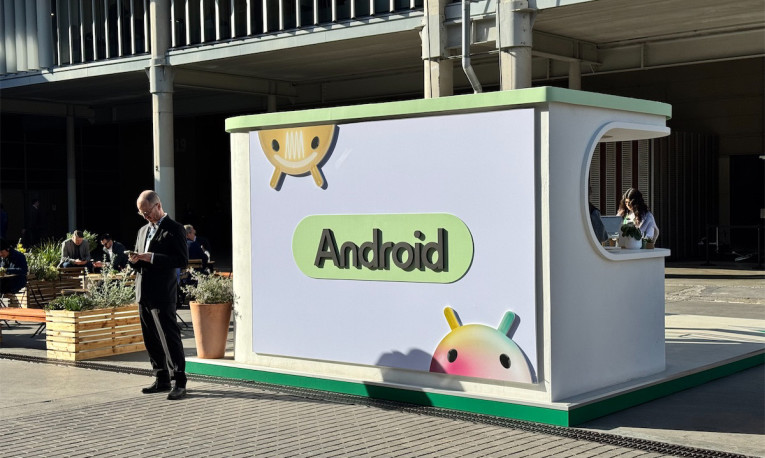
Regarding actual strategic developments that tie the mobile ecosystem - such as Auracast - there was nothing to see, because Apple didn't talk about it - yet. When Apple does (and apparently Apple is very excited about Auracast), it will trigger a new race - and I guess we will see it next year.
A final note on this to comment that Android smartphones, which are a big part of the reason to attend MWC, are also getting much more advanced and sophisticated. Not because Android is making the devices any better, neither because they feature double (and triple) folding screens or AI assistants, but because network technologies such as 5G Advanced are enabling those connected devices to become even faster and more capable - as connected technologies also become even more integrated with services powered by AI. So anyone in the consumer electronics industry currently designing strategies to "untie" connected devices from smartphones would do better to rethink current assumptions and consider how fast things are evolving in that field.
5G Advanced was one of the most important stories at MWC 2025, because it is a well-supported initiative for the next phase of 5G technology evolution, which builds on existing 5G capabilities, and serves as a bridge between 5G and future 6G networks (when someone decides what 6G should be). The reason to look at 5G Advanced is not only technical evolution, including improved spectrum efficiency, but things such as better mobility support for high-speed environments like cars, trains, and planes (which should have been there with 5G as promised), improved positioning accuracy, and supporting integration of terrestrial and satellite networks to enable seamless global connectivity (and there we go again).
Anyone interested in smart home applications should bear in mind that 5G Advanced brings FWA with up to 10 Gbps throughput. The specifications for 5G Advanced were finalized in mid-2024 under 3GPP Release 18, and commercial deployments are expected to begin in late 2025, with broader adoption anticipated from 2026 onwards, according to the GSMA. This proves that there are developments at MWC that are worth following (but we likely don't need to go to Barcelona every year to find out).
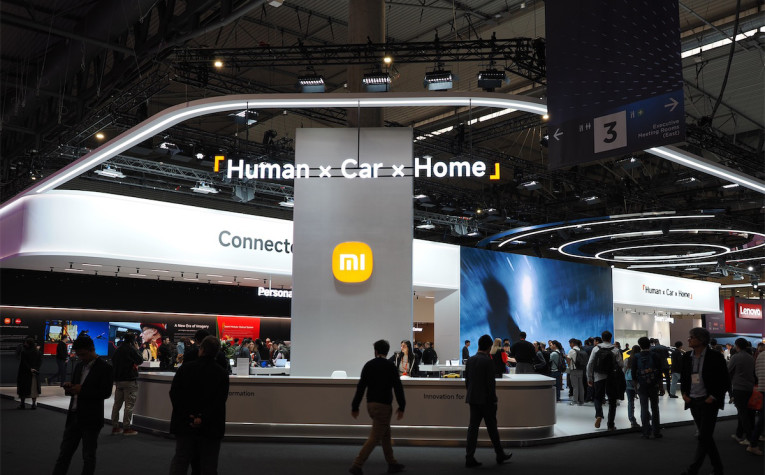
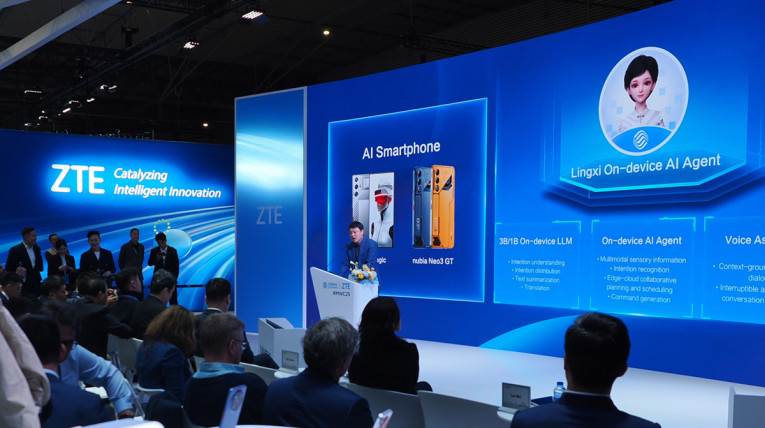
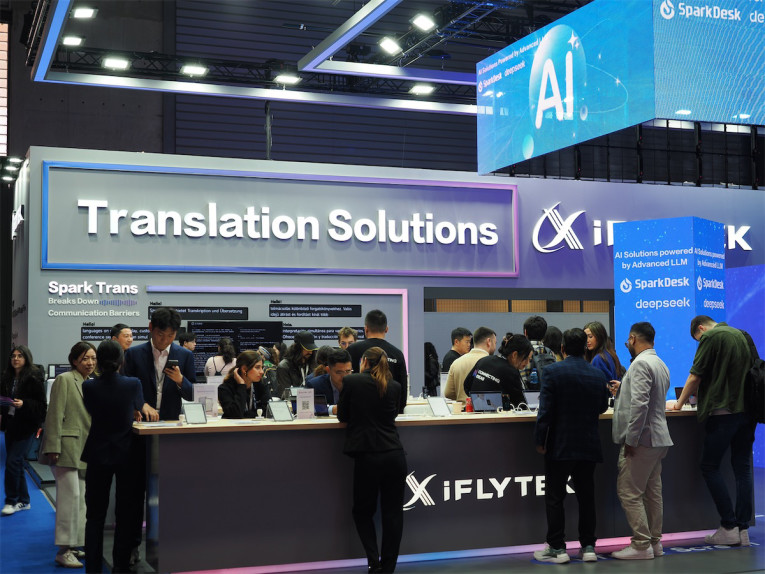
Much like Apple is already integrating AI features natively in its operating systems, all companies in the mobile and tech space exhibiting at MWC 2025 seem determined to capitalize on that concept. But unlike Apple, which wants to embed AI on-device and keep traffic to remote services to a minimum, Chinese companies are facing the dilemma of Android being essentially a gateway to Google services, boosting their need to explore other options. And it will be interesting to see how that develops.
At MWC 2025, I took note of a few statements. As an example, Honor said they intend to transform the company "from a smartphone maker to a global leading AI device ecosystem company." Lenovo unveiled groundbreaking advancements in "hybrid AI," showcasing new device form factors and affordable edge inference over tablets and laptops, running its own software to connect to Microsoft or Google services, among others. ZTE talked about "Catalyzing Intelligent Innovation" with industry partners, to "promote the deep integration of AI and connectivity and demonstrated a "full-stack intelligent computing infrastructure," supporting DeepSeek full-version deployment. And ZTE clearly mentions a new AI OS framework, connecting advanced LLMs such as ByteDance Doubao, DeepSeek, China Mobile Jiutian, and China Telecom Xingchen.
No wonder Google had a reinforced presence at MWC 2025. They are doing everything in their power to keep the Android foundation connected to their own cloud services, and making sure their own LLMs such as Google Gemini, will be part of that discussion. Which inside China is not happening. aX
This article was originally published in The Audio Voice newsletter, (#506), March 7, 2025.
